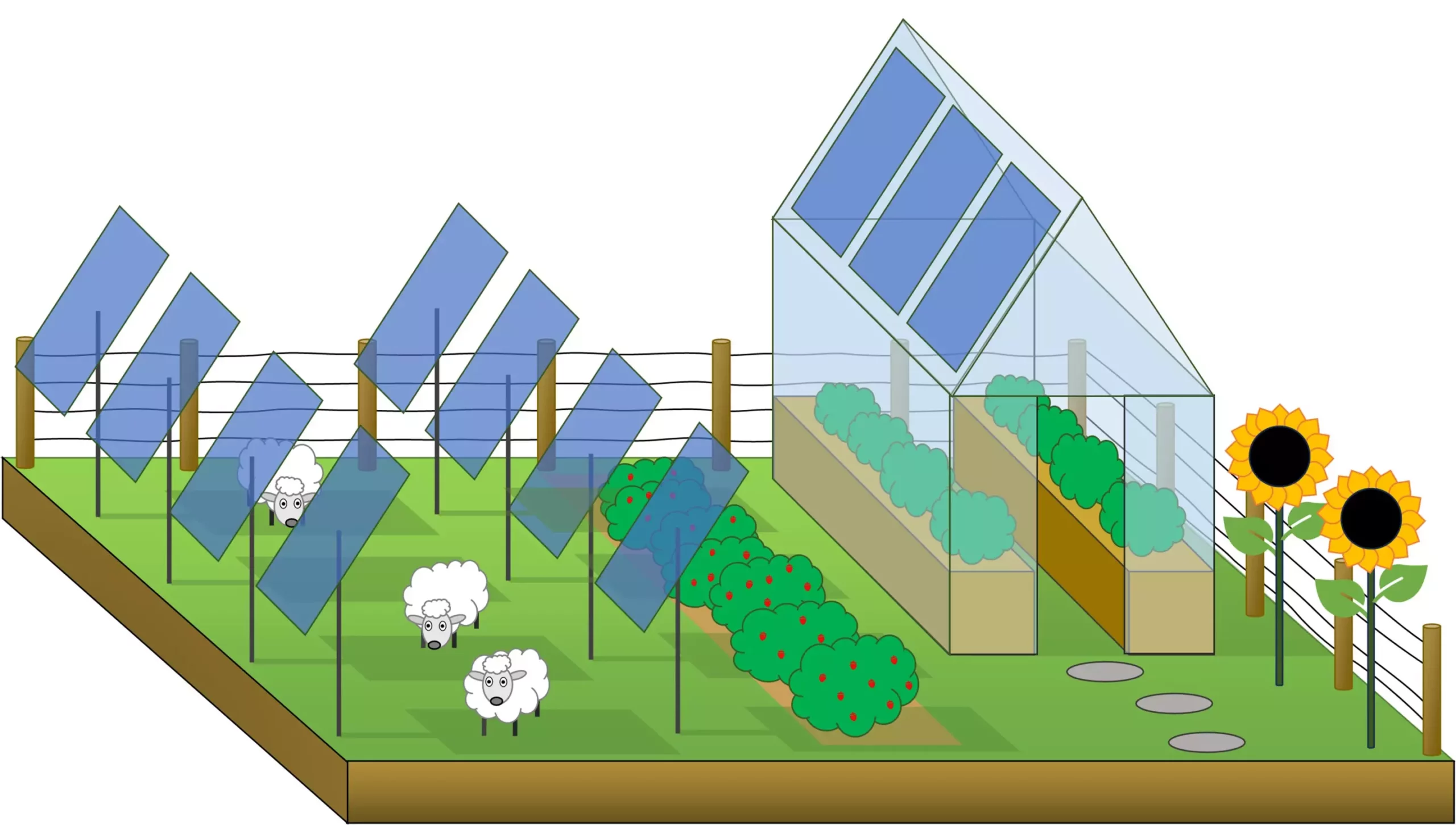Recent advancements at Swansea University have heralded a new approach to merging agriculture and renewable energy through the development of a tool designed to identify the most suitable photovoltaic (PV) materials that can maximize agricultural productivity alongside solar energy generation. In a study showcased in *Solar RRL*, researchers from the Department of Physics have delved into the synergistic potential of semi-transparent PV materials positioned above crops. This exploration is a significant step towards optimizing agrivoltaic systems, which integrate solar panels within farming practices.
The innovative software created by the Swansea research team offers a comprehensive analysis of light transmission and absorption characteristics along with power generation potential for various PV materials across different geographical regions. Austin Kay, the study’s lead author and a Ph.D. candidate, expressed that this technology enables a comparative analysis of diverse PV materials. He recognized its potential to facilitate an essential balance between food production and the generation of renewable energy, essentially redefining sustainable agricultural practices.
Understanding the complexities of light absorption is pivotal in enhancing agrivoltaics. Researchers emphasize the importance of bandgap properties of PV materials—the range of energy levels that electron states can occupy. Materials with wider bandgaps are capable of absorbing high-energy light, which is advantageous for harnessing solar power. Conversely, materials with narrower bandgaps effectively absorb lower-energy light conducive to the photosynthetic needs of plants.
By strategically selecting PV materials based on specific absorption characteristics and bandgaps, researchers can manipulate the light quality that reaches the crops. Plants primarily utilize blue and red wavelengths for photosynthesis, while they reflect green light. Thus, configuring semi-transparent PV systems to allow optimal wavelengths can not only promote plant health and yield but also maximize energy output from the panels. This careful tuning illustrates the intricate relationship between renewable energy technology and agricultural science.
Agrivoltaic systems offer versatile implementation methods, facilitating the integration of solar energy solutions into farming infrastructures with minimal disruption to agricultural practices. Examples include the installation of PV panels on greenhouse roofs or providing shaded areas for livestock. Such dual-use designs not only increase energy independence but can also enhance overall farm efficiency. Notably, livestock can contribute to farm maintenance by grazing on vegetation that surrounds solar installations, although careful selection of livestock species is necessary to avoid damage to the PV systems.
The pioneering work at Swansea University represents a promising stride towards the decarbonization of the agricultural sector. As Associate Professor Ardalan Armin noted, the combination of solar power generation and agricultural productivity through optimized agrivoltaic systems holds the potential to significantly bolster food security while addressing the urgent need for clean energy solutions. Such innovative approaches are vital in tackling global challenges related to food scarcity and climate change, ultimately paving the way for a more sustainable and efficient future in both energy and agriculture.


Leave a Reply